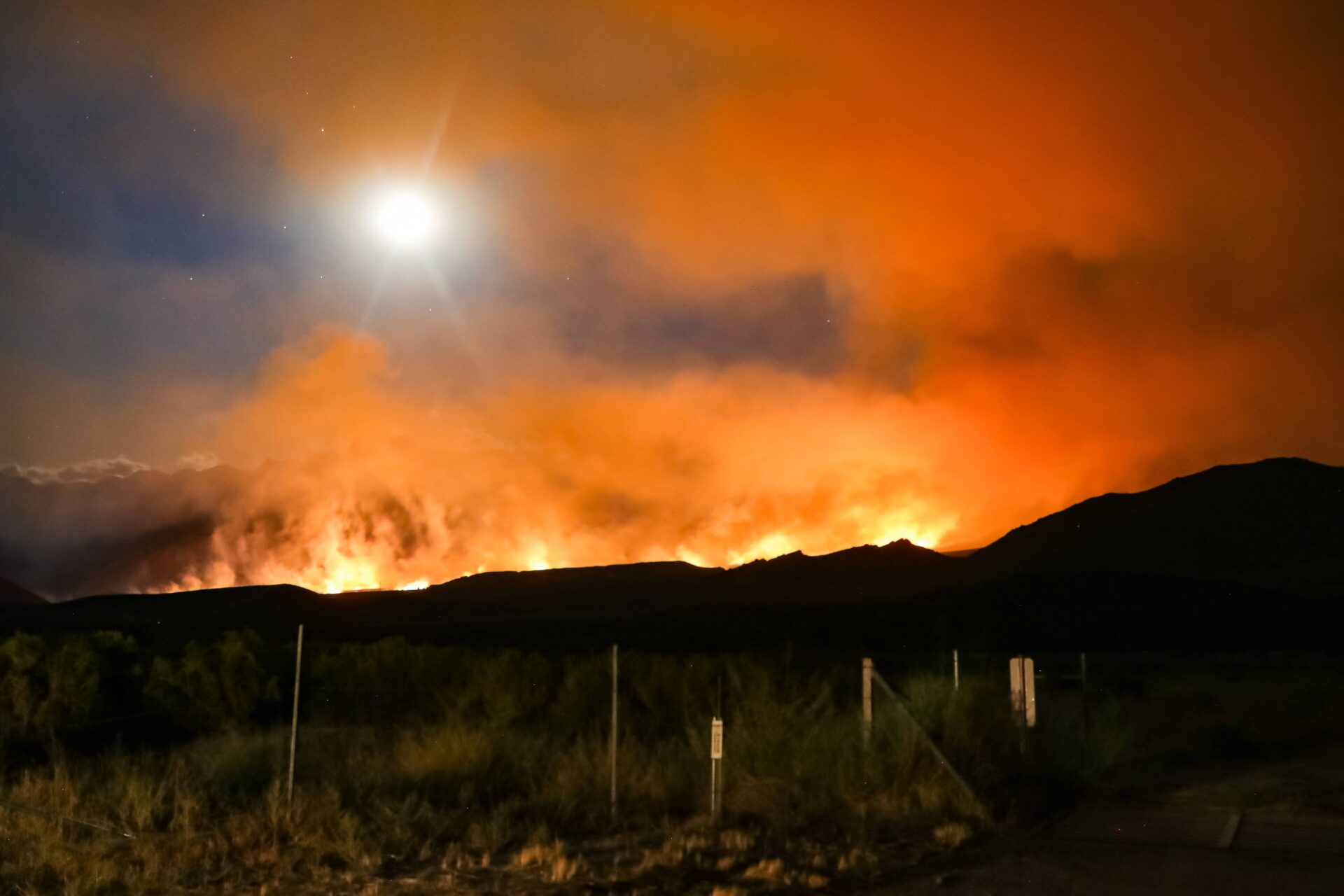Chaparral and coastal sage scrub habitats in southern California support biologically diverse plant and animal communities. However, native plant and animal species within these shrubland systems are increasingly exposed to human-caused wildfires and an expansion of the human–wildland interface. Few data exist to evaluate the effects of fire and anthropogenic pressures on plant and animal communities found in these environments. This is particularly true for carnivore communities. To address this knowledge gap, we collected detection–non-detection data with motion-sensor cameras and track plots to measure carnivore occupancy patterns following a large, human-caused wildfire (1134 km2) in eastern San Diego County, California, USA, in 2003. Our focal species set included coyote (Canis latrans), gray fox (Urocyon cinereoargenteus), bobcat (Lynx rufus) and striped skunk (Mephitis mephitis). We evaluated the influence on species occupancies of the burned environment (burn edge, burn interior and unburned areas), proximity of rural homes, distance to riparian area and elevation. Gray fox occupancies were the highest overall, followed by striped skunk, coyote and bobcat. The three species considered as habitat and foraging generalists (gray fox, coyote, striped skunk) were common in all conditions. Occupancy patterns were consistent through time for all species except coyote, whose occupancies increased through time. In addition, environmental and anthropogenic variables had weak effects on all four species, and these responses were species-specific. Our results helped to describe a carnivore community exposed to frequent fire and rural human residences, and provide baseline data to inform fire management policy and wildlife management strategies in similar fire-prone ecosystems.
Carnivore distributions across chaparral habitats exposed to wildfire and rural housing in southern California


